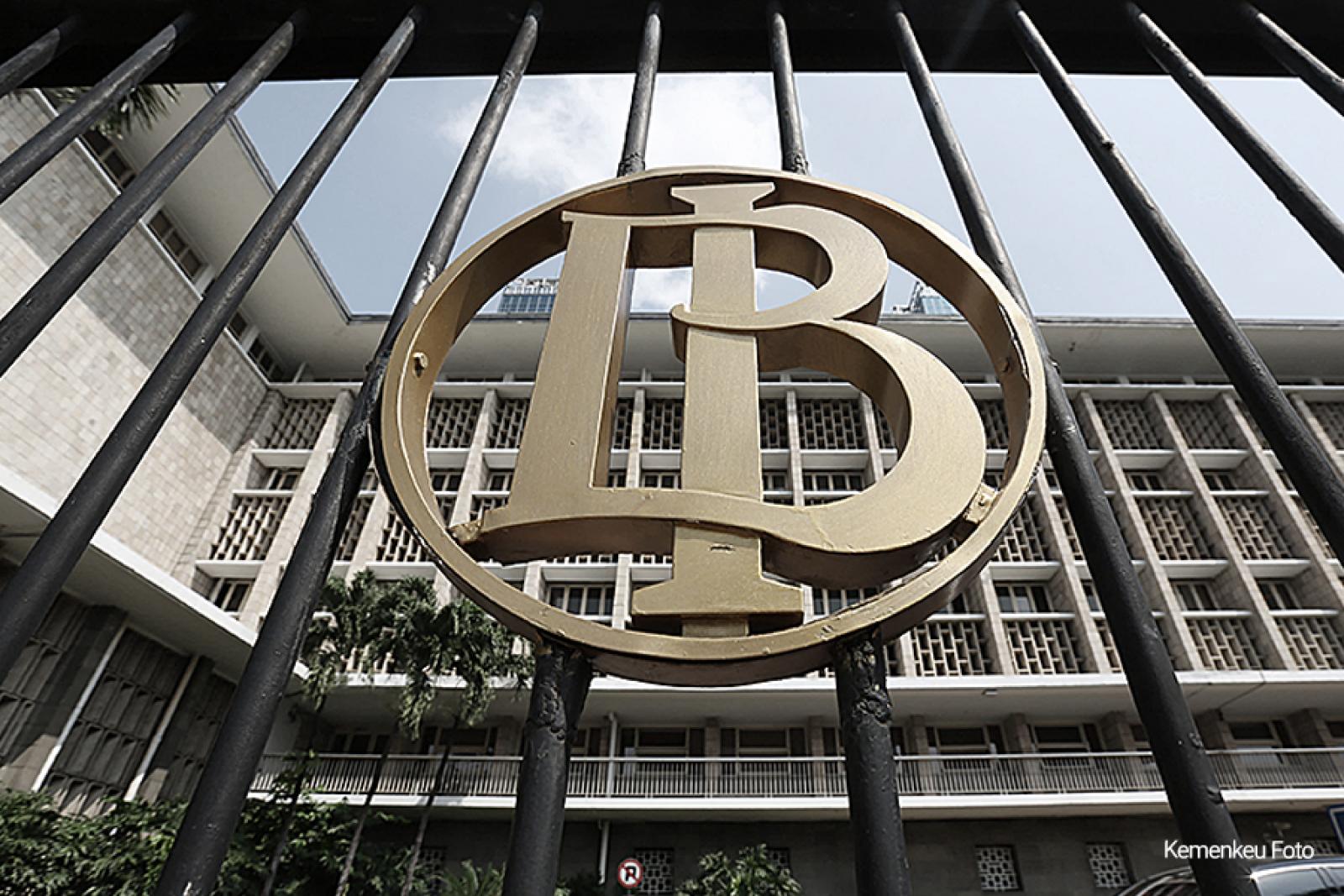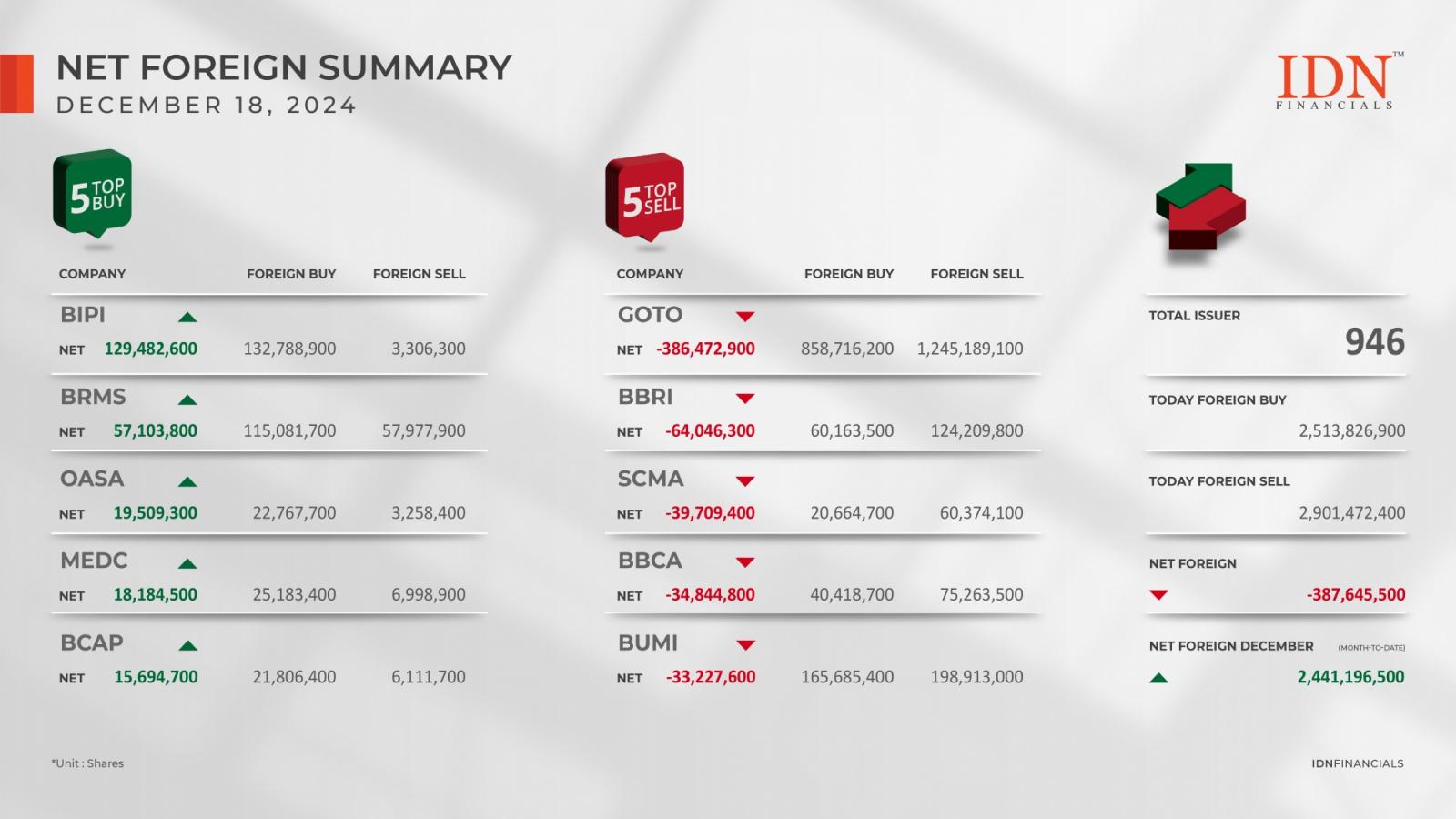Binance Labs, the venture capital arm of cryptocurrency exchange Binance, has demonstrated a significant vote of confidence in the future of Bitcoin by strategically investing in Babylon, a pioneering Bitcoin staking protocol.
The $10 billion venture capital and incubator has invested strategically in Babylon, further signaling its interest in startups within the staking and restaking domains.
Babylon Secures Binance Labs Funding
We’ve invested in @babylon_chain!
Babylon is a blockchain project that designs security sharing protocols with a mission of scaling Bitcoin to secure the decentralized economy.
Read more👇https://t.co/9f5c2vt38S
— Binance Labs Fund (@BinanceLabs) February 27, 2024
At its core, Babylon, founded by David Tse, seeks to bridge Bitcoin with the PoS blockchain ecosystem. By enabling Bitcoin holders to stake their coins on PoS blockchains, the platform aims to diversify the utility of Bitcoin while enhancing the security and viability of PoS networks.
This innovative approach introduces a game-changing dynamic, potentially reducing the cost of security for emerging chains.
While the exact size of the investment remains undisclosed, Babylon co-founder David Tse revealed that it followed the same structure as Babylon’s previous funding rounds, involving equity and token warrant rounds.
In December 2023, Babylon successfully raised $18 million in a Series A funding round co-led by Polychain Capital and Hack VC.
Other notable investors include Framework Ventures, Polygon Ventures, Castle Island Ventures, OKX Ventures, and Symbolic Capital.
The funding round, initiated in July and recently concluded, follows a structure similar to Babylon’s previous $8 million seed funding round disclosed in March, incorporating equity and token warrants.
Babylon’s innovative approach enables Bitcoin to become a staking asset on PoS networks, leveraging its security to bolster the safety of PoS chains.
This is particularly significant for newer chains that often struggle to attract capital due to the high cost of native token-based security mechanisms.
Also, Binance Labs has recently focused on supporting startups in the staking and restaking verticals. The venture capital arm has invested in Renzo and Puffer Finance, both of which have swiftly emerged as leading Ethereum liquid restaking protocols, according to DeFiLlama data.
Bridging Bitcoin with PoS Blockchain Ecosystem
Aligning with Binance Labs’ mission to foster innovative projects that push the boundaries of cryptocurrency capabilities, Babylon has garnered substantial support, including a recent undisclosed investment from Binance Labs.
Babylon’s own PoS chain, built on the Cosmos SDK, will be the first PoS chain secured by the protocol, paving the way for BTC holders to restake their coins on other PoS networks via Babylon’s marketplace.
The protocol’s support for the Cosmos Hub ecosystem highlights its commitment to fostering interoperability within the blockchain space.
Yi He, co-founder of Binance and head of Binance Labs, emphasized the importance of Bitcoin staking as a pivotal use case for the industry, marking a significant milestone in Bitcoin’s integration with the proof-of-stake economy. Binance Labs’ investment in Babylon highlights its dedication to advancing the narrative and use cases of Bitcoin.
Also, with Binance Labs’ backing, Babylon plans to expand its development team and aims to launch its mainnet phase one before the end of the year.
The implications of Babylon’s initiative extend beyond technical innovation, expanding the narrative of Bitcoin within the digital economy.
By transforming Bitcoin from a passive asset into an active contributor to network security and consensus mechanisms, Babylon is redefining Bitcoin’s role within the broader crypto ecosystem.
The Babylon protocol is slated to launch around the next Bitcoin halving, expected in April 2024. Upon launch, Babylon will be the intermediary between Bitcoin and PoS chains, functioning as the control plane.





